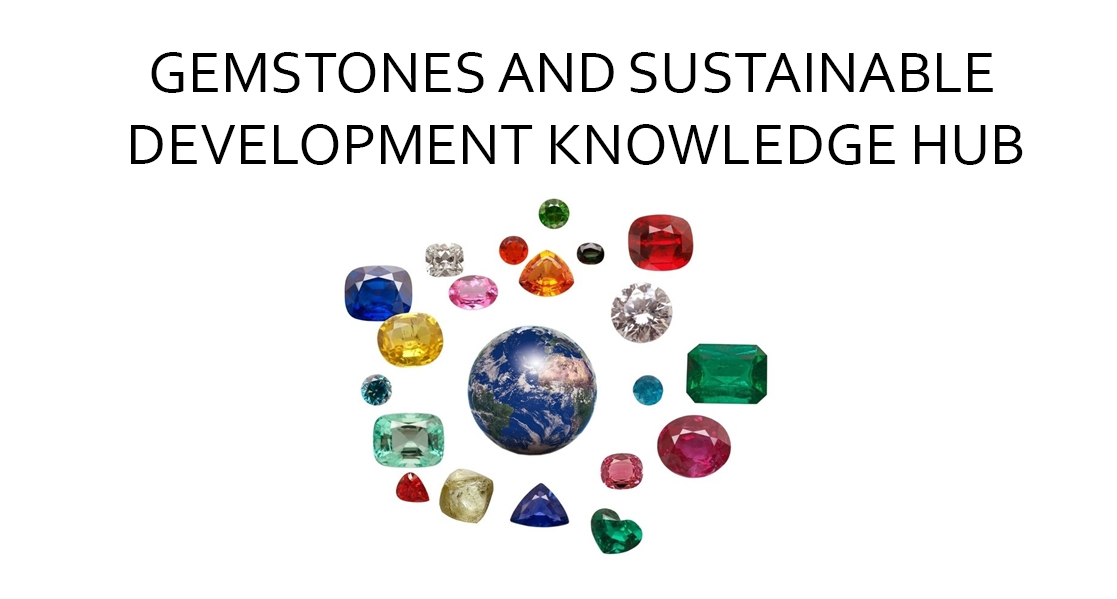Diamond
Diamonds are the most important group of gemstones in commercial terms. Diamonds are appreciated for their great hardness, brilliance, fire and the large range of colors in which they can form. Colorless diamonds (white to yellowish) are the most important group of diamonds in the trade. So-called fancy colored diamonds (red, pink, blue, green etc.) are much rarer and more expensive.
Mining of Diamonds
Diamonds are found in a wide range of countries, in both primary and secondary deposits. India was the first producer of diamonds in the world, with its famed Golconda diamond mines. Apart from minor production in Borneo, the diamond industry was dependent on India for diamonds. The discovery of major diamond deposits in Brazil in the 18th century and especially in South Africa at the end of the 19th century were major milestones for the diamond industry.
In 2015, the 5 largest diamond producing countries were Australia, Botswana, Canada, DRC, and Russia. Other producers include Angola, Brazil, Namibia, Sierra Leone, South Africa and Zimbabwe. Minor producers include CAR, Ghana, Guinea, Guyana, India, Indonesia (Borneo), Lesotho, Liberia, Tanzania and Venezuela.
Diamond cutting
Rough diamonds are cut and polished in several steps. This includes planning, sawing, bruiting, faceting and polishing. The most common diamond cut is the round brilliant diamond cut. The vast majority of the world’s diamonds are cut in India. Other cutting countries include China, Israel, Belgium, US and Cambodia. The trade in rough diamonds is regulated by the Kimberley Process Certification Scheme
Kimberley Process Certification Scheme (KPCS)
The Kimberley Process Certification Scheme (KPCS) was created in late 2002 to stem the inflow of conflict diamonds into the international rough diamond supply chain. KPCS sets out to regulate criteria for the trade of rough diamonds. For more information see KPCS website.
Synthetic Diamonds
Synthetic diamonds are nothing new. They have been used for industrial applications for several decades. Only recently though have synthetic diamonds become an option for the jewellery industry. The two main processes that can be used to synthesize diamonds are CVD (Chemical Vapour Deposition) and HPHT (High Pressure High Temperature). Numerous CVD synthetic diamond and HPHT synthetic diamond producers are bringing forward ethical and sustainability arguments in marketing efforts to consumers.
Fair Trade Diamonds
In the 1990s, armed conflicts in diamond producing countries such as Angola, the Democratic Republic of Congo, Liberia and Sierra Leone were arguably fuelled by diamonds. This led to the term 'conflict diamond' or 'blood diamond' being used, and eventually the UN passing resolutions and the introduction of the KPCS. In recent years, there has been a movement to improve the mining conditions and livelihoods of artisanal diamond miners. Different concepts such as Fair Trade Diamonds, Ethical Diamonds and Development Diamonds have been introduced. The Diamond Development Initiative (DDI) is at the forefront of these efforts.

